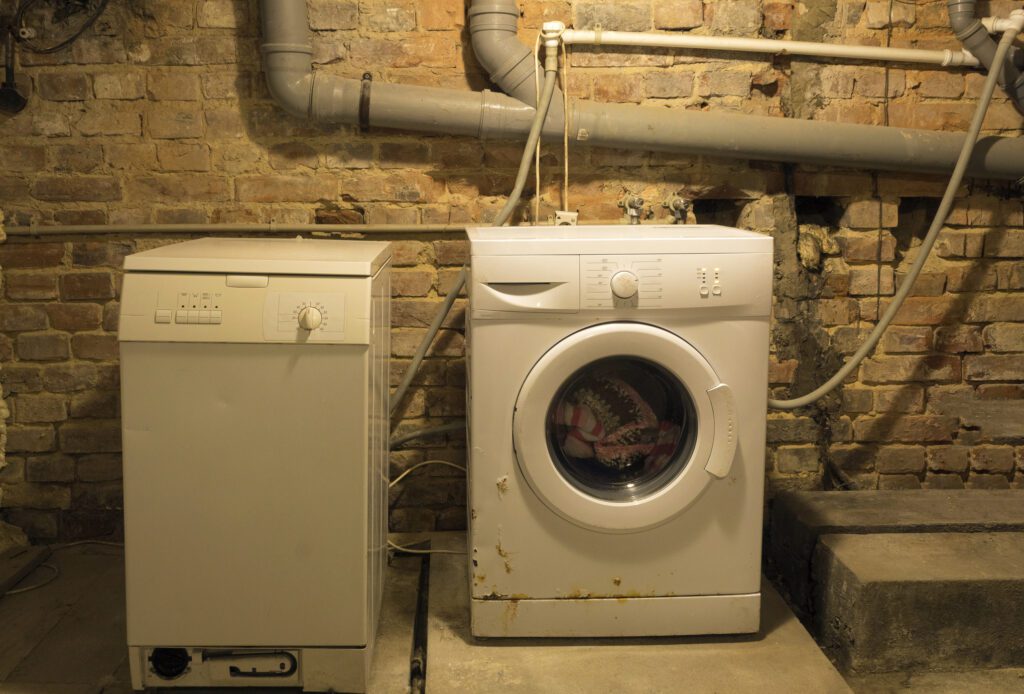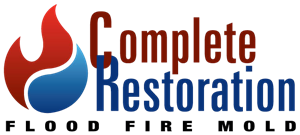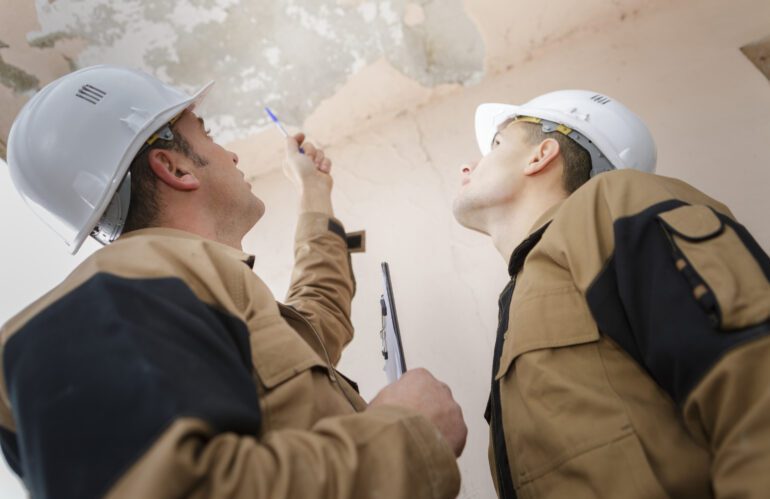We provide top-notch water mitigation services for the Salt Lake Valley, ensuring that your home is protected from floods, burst pipes, and any other type of water damage. We have been in business for over 20 years, and we know exactly how to restore your property to its pre-water-damage condition.
A flooded property can be caused by a leaking pipe, a damaged bathroom or toilet, or a natural disaster. These unpredictable circumstances can occur when you least expect it.
When your home gets flooded or damaged by water, you wonder what you did wrong or how you could have prevented the damage. However, please understand that most times, it is not your fault, especially in the case of natural disasters.
When these disasters happen, water mitigation needs to begin right away to lessen or avoid damage to your property.

What is Water Mitigation?
Water Mitigation is the process of removing water from the building and drying the furniture and other affected structures or contents before they get damaged by the water. It’s the number one priority when a property gets flooded.
Water mitigation should be done as soon as the flood is detected, reducing the impact of water damage on the building.
One of the fastest ways to handle this situation while waiting for the arrival of professional water mitigation services is to open your windows to let air in and dry out the furniture. Also, take out belongings from the building before they get damaged.
The restoration and repair process cannot begin until the property has been adequately mitigated. To begin restoration, you must be able to accurately assess the building structure, walls, and floors to devise a plan to start the restoration. If all the water and furniture are still there, it would be impossible to gauge an actual idea of what needs work and what doesn’t. That’s why mitigation is so important.
Once the property has been properly mitigated with all the water out and furniture removed, that’s when restoration can begin. Restoration starts by assessing the damage and determining what can be fixed and what demolition may need to happen in order to rebuild. Floors and walls are the most common fixtures that need to be rebuilt.
Water mitigation will also help you know if you need to disinfect your home, or if you need to go straight to restoration after extracting and drying out water.
You should also know that you cannot effectively perform water mitigation on your own without the help of a technician; this is because water mitigation technicians have tools and specialized equipment that they use in extracting water and drying wet materials. They also use equipment to check the building for mold growth, rusty pipes, and buckled wood floors.
Check Out Our Other Water Damage Services:
Causes of Water Damage
Water is not usually harmful; it is one of the life-giving resources on earth, but when water gets in the wrong places in a home, it can become dangerous to that property and its occupants.
When water gets into the floor, walls, or the foundation of a home, it can cause mold growth (which can cause respiratory diseases) and discoloration on the walls. It also weakens the floor and building foundation.
Water damage is dangerous and can also become expensive if water is not mitigated immediately.
This is why it is important to know what causes water damage in a building and how to detect it- and act before the damage gets worse.
Here are some common causes of water damage:
Natural Disasters
Water damage can be caused by many types of natural disasters. The most common here in Utah are thunderstorms, earthquakes, or flooding. Big storms usually come with strong winds and heavy rain that can destroy roofs and doors. If a building is located in low-lying areas, it can become submerged in water, which can lead to more extreme restoration costs
Leaking Pipes
A pipe could break inside the walls of the building, which can cause mold inside walls without the occupant’s knowledge. Or an old rusty pipe that needs replacement can begin dripping and cause water damage.This can cause water to leak into unwanted places in the building and can damage walls and paint. You can often see evidence of this on the ceiling as yellow stains.
Sewage Backup
When heavy rain falls, the septic tank can overflow. It could also overflow when it is filled up. Sometimes a sewer pipe becomes blocked. This can cause the sewage waste to back up in the building through the drains. Depending on the severity, sometimes you must exit the building until it is fixed.
Water Overflow
Water overflow can be a significant cause of water damage in a home. It can be caused when sinks or faucets are not turned off properly or when an unsupervised toddler plays with the faucet in the house and leaves the water running. Sometimes, damaged or leaking water knobs also cause water overflow in the home. These leaks can damage the bathroom or kitchen that they happen in, as well as rooms below.
Old and defective appliances
When appliances like washing machines and water heaters get old and rusty, they become defective and can cause water damage. The water connection to these appliances sometimes becomes faulty, and water leaks out into the room.

Water Mitigation vs. Water Restoration
Water mitigation is usually confused with water restoration. While they are similar, they are not the same.
Water mitigation is the first step to cleaning out water damage to property, and restoration is the repair that follows shortly after.
Water restoration is done after water mitigation to restore your home to its previous state before the flooding occurred. Damaged materials like flooring and soaked walls are torn out and replaced during water restoration.
Technicians also remove mold in affected areas of the home. All areas affected by water and mold are repaired and restored to make the building as good as it was before.
Our Water Mitigation Process
Before water restoration can be done in a building, professionals must carry out the water mitigation process.
Find the cause of the water damage.
The first step in a water mitigation process is to find what caused the water damage. It could be a natural disaster, a rusty or leaky pipe, etc., as mentioned above.
If it’s a leak or an old pipe, then this is something you can handle by turning off the water or turning off the source that brings water into the building.
If it’s a natural disaster, then you’d have to wait for the effect to subside before getting into your home. After finding the cause of the damage, contact a water mitigation company immediately. If you’re unable to find the cause on your own, water mitigation technicians can also help with that.
Extract and Dry Furniture
When the water mitigation technician arrives, they will extract the water, move or take out any furniture that may be in the way, check the affected floorings, and remove wet drywall. With their equipment, water mitigation technicians will extract the water from every part of the building and ensure the structure is dried out.
Disinfect The Building
When the building has properly dried out, the technicians will disinfect the affected areas against mold that might have formed during the water damage.
Contact Your Insurance Company If You Have One
If you have water damage to your home and need a place to stay while the mitigation and restoration are taking place, your insurance company may be able to provide a place for you until the process is complete.
Insurance companies will also help you limit the expenses you will incur as a result of the water damage.
Schedule Your Appointment Now
Choose Complete Restoration of Salt Lake. We offer professional water mitigation and restoration services for your home and business, and we’re available 24/7. We know how important your home is to you, and we make sure the job gets done.
Schedule your appointment with us today! We look forward to helping you.
[contact-form-7 id=”526″ title=”Contact Form”]

